Building Social Skills Through Group ABA Therapy Sessions
Harnessing the Power of Group Dynamics in ABA Therapy
Understanding Group ABA Therapy
For children with autism spectrum disorder (ASD), developing social skills can be a challenging yet crucial part of personal growth. Group Applied Behavior Analysis (ABA) therapy offers an evidence-based approach to improving these social skills in a supportive, structured environment. By engaging in group settings, children with ASD can practice essential social behaviors, enhance communication, and boost their self-confidence. This article explores the various components and advantages of group ABA therapy sessions.
What is Group ABA Therapy?
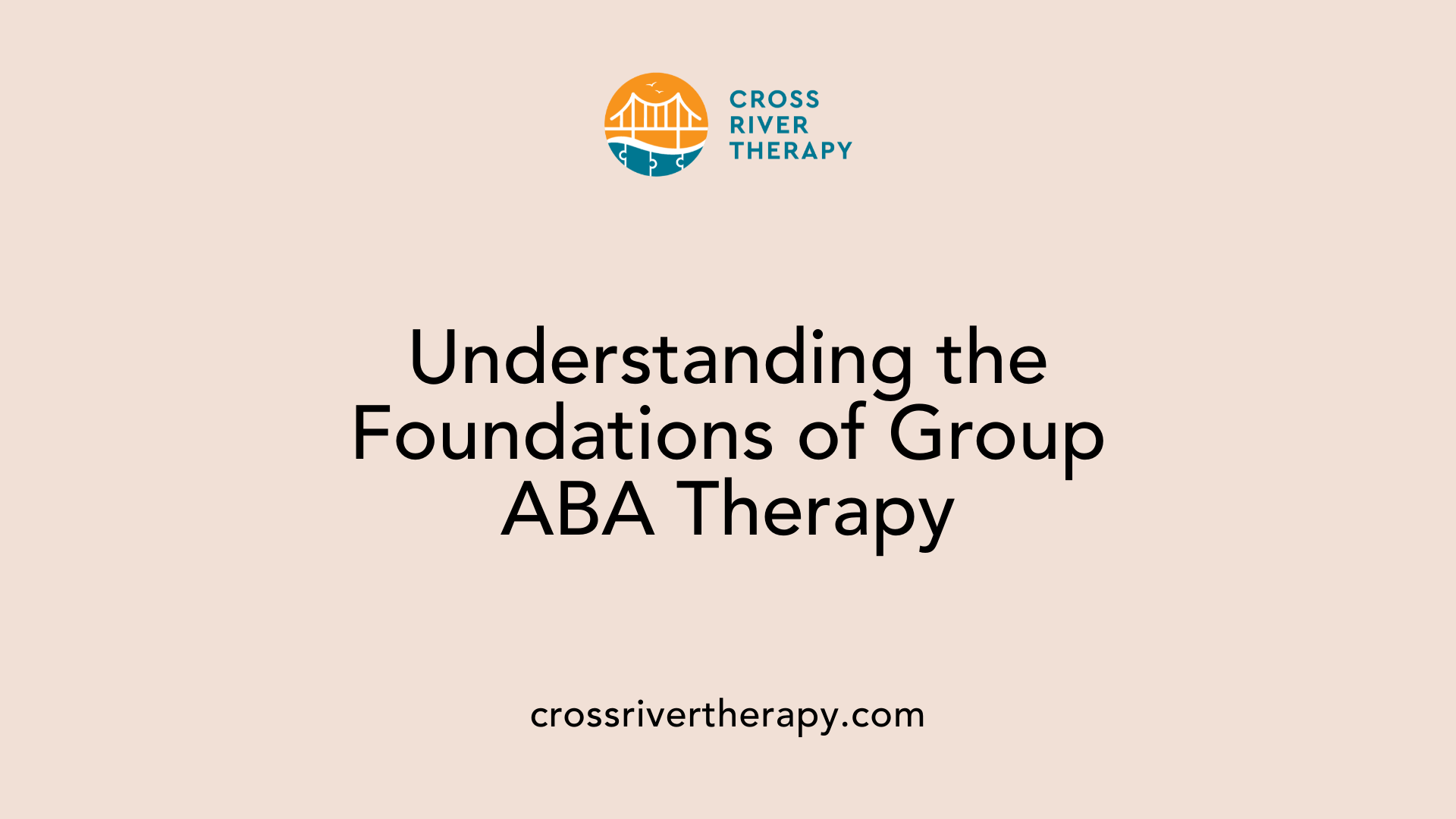
Definition of Group ABA Therapy
Group Applied Behavior Analysis (ABA) Therapy is a structured and evidence-based intervention specifically designed for children with autism. In a group setting, children work together, engaging with their peers under the guidance of trained ABA therapists. This setup facilitates not just individual learning, but also social interaction among peers.
Role of Trained ABA Therapists
Trained ABA therapists play a crucial role in facilitating these group sessions. They provide guidance and structure, introducing targeted skills while ensuring a supportive and engaging environment. Therapists help children develop essential social competencies by implementing strategies that include modeling and positive reinforcement.
Objectives of Group Sessions
Group sessions serve several objectives, including:
- Enhancing Communication Skills: Children practice initiating conversations and responding appropriately in social contexts.
- Promoting Social Interaction: The structure allows children to engage in social exchanges, which are vital for building friendships.
- Encouraging Teamwork: Opportunities for collaboration promote sharing, turn-taking, and understanding of others’ perspectives.
Types of Activities Involved
Activities in group ABA therapy sessions are varied and interactive. Some common forms include:
- Role-Playing: Children act out different social scenarios to practice their responses in real-life situations.
- Games and Structured Play: Engaging activities help reinforce concepts of sharing and cooperation.
- Feedback Sessions: Guided discussions allow children to reflect on their interactions, improving their problem-solving abilities.
By creating a safe environment where children can learn and practice, group ABA therapy significantly contributes to enhancing social skills in children with autism. It fosters a sense of community and a natural platform for children to connect with their peers.
Methods Employed in Group ABA Therapy
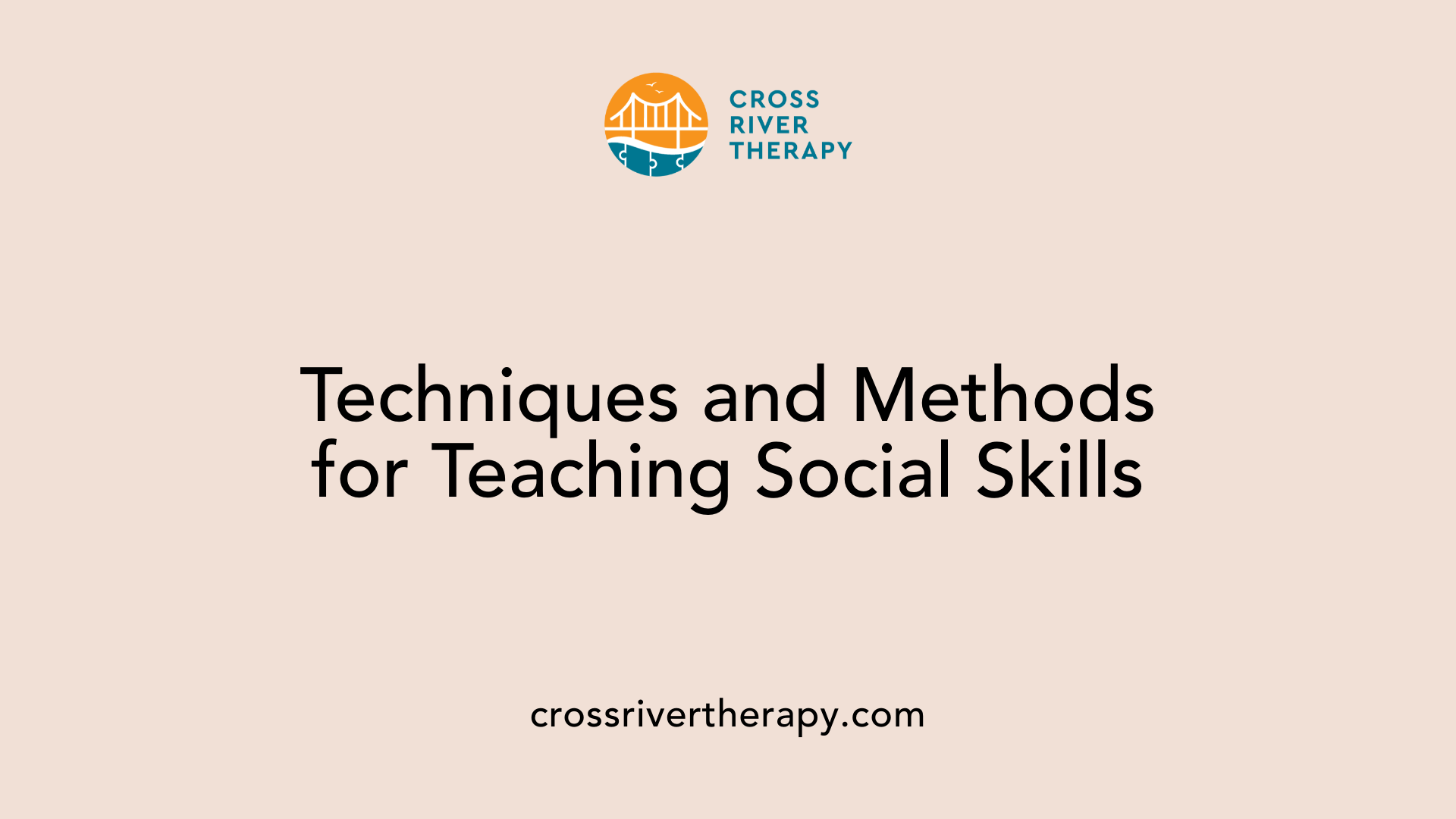
What are some methods used in group ABA therapy to teach social skills?
In group ABA therapy, social skills are taught using various evidence-based methods tailored to the individual needs of children. These methods facilitate targeted interventions, ensuring effective learning and practice in a supportive setting.
Techniques Used to Teach Social Skills
- Discrete Trial Training (DTT): This technique breaks down social skills into smaller, manageable steps. It allows therapists to teach specific behaviors in a structured way, ensuring clarity and focus on each component.
- Modeling: Involves demonstrating appropriate social behaviors for children to observe and imitate, providing them with concrete examples of how to interact socially.
- Role-Playing: Children practice social interactions in a safe environment that mimics real-life scenarios. This encourages them to apply what they've learned and boosts their confidence in social settings.
- Natural Environment Training: This method facilitates learning in real-life situations, promoting the generalization of skills across different settings.
Impact on Communication and Peer Interaction
These methods help improve communication skills, enhance self-confidence, and encourage children to engage thoughtfully with their peers. By employing techniques rooted in structured learning, children can develop vital social skills effectively, which reduces feelings of isolation and encourages more meaningful relationships.
Exploring Social Skills Group Therapy
What is social skills group therapy?
Social skills group therapy is a structured approach designed to help children enhance their social abilities through interactive group settings. These groups, typically comprising 2 to 8 children and led by trained professionals, focus on teaching essential skills such as conversation initiation, friendship-building, problem-solving, emotional regulation, and perspective-taking.
How are social skills groups structured?
The structure of social skills groups is crucial for effective learning. Sessions often include:
- Role-Playing: Children engage in scenarios that simulate social interactions, which helps them practice conversation starters, turn-taking, and responses to various social cues.
- Feedback Sessions: After activities, facilitators provide constructive feedback, enhancing understanding and skills improvement.
- Interactive Games: Structured play activities motivate participants to collaborate, promoting natural social interactions and enhancing communication.
What skills are taught in these settings?
Key skills targeted in social skills groups include:
- Effective Communication: Teaching children to express their thoughts and feelings clearly while listening actively to others.
- Perspective-Taking: Helping them understand different viewpoints promotes empathy.
- Friendship Skills: Facilitating the ability to make and maintain friendships through sharing and cooperating with others.
Why is this therapy important for children with learning differences?
For children with learning differences, social skills group therapy plays a pivotal role. It helps them navigate challenges with social interactions, ultimately improving their confidence and increasing positive peer relationships.
Incorporating techniques from ABA, such as individualized plans and positive reinforcement, these groups provide a tailored experience for each child's unique challenges. This structured setting reduces distractions, allowing children to focus on learning and practicing their social skills effectively, which is vital for their overall personal growth.
The Benefits of Group Therapy Settings
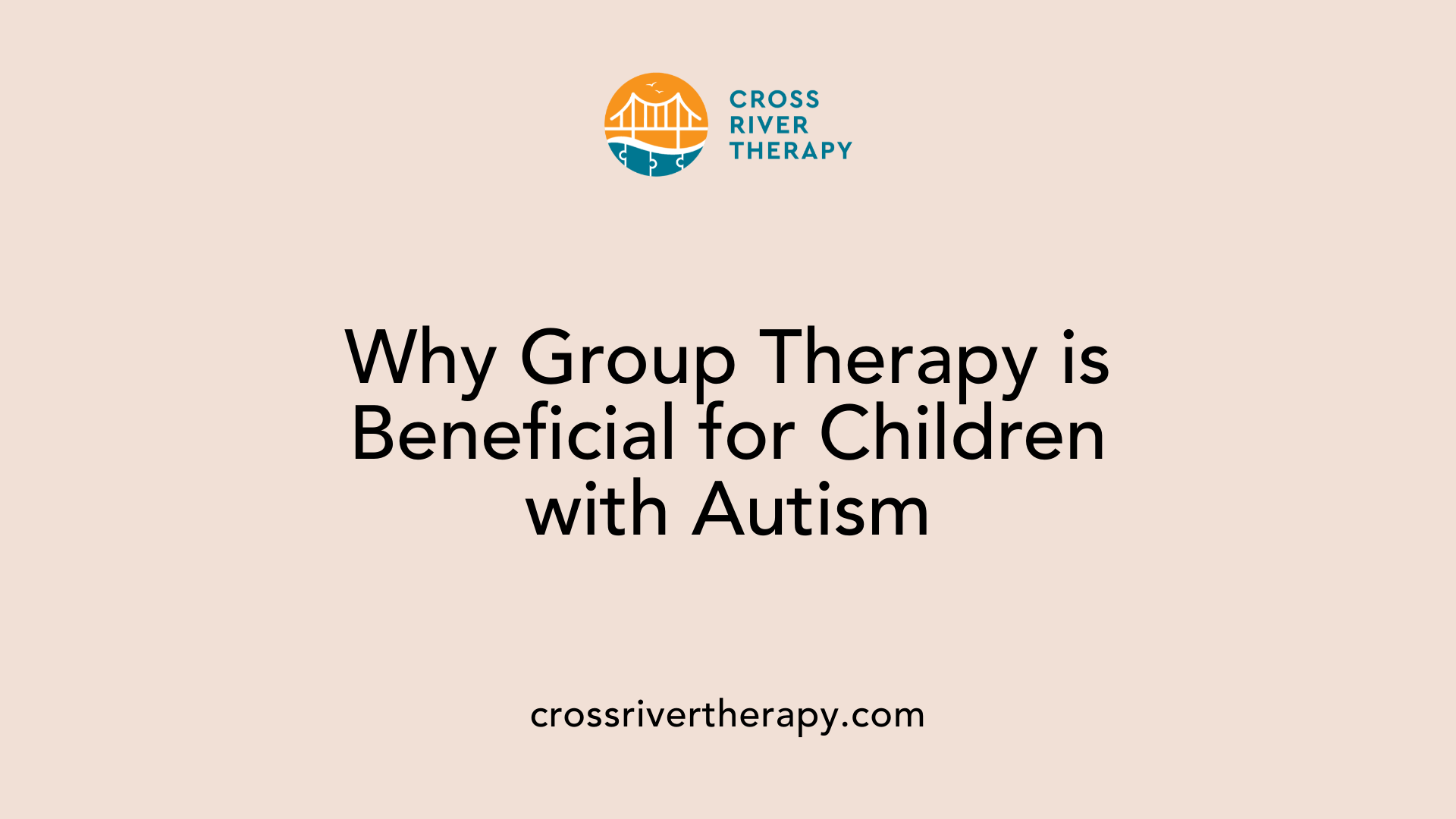
Dynamic interaction in group settings
Group therapy settings for children with autism spectrum disorder (ASD) provide a dynamic and interactive platform for developing social skills. These environments encourage communication, helping children engage with their peers in a structured yet supportive space. The collective atmosphere allows participants to share their experiences, which is instrumental in normalizing their feelings and decreasing isolation.
Feedback and real-time skill practice
In these group sessions, children can practice newly learned skills in real-time, leading to crucial opportunities for immediate feedback. Peers and therapists offer insights on communication styles, encouraging improvement in skills like active listening and effective conversation starters. This instant feedback loop contributes significantly to the children's learning process and enhances their confidence in social interactions.
Encouragement and reduced isolation
Group settings also play a vital role in fostering motivation and accountability. As children collaborate towards common goals, they cultivate a sense of belonging, which further encourages skill engagement. The encouragement from peers reduces feelings of isolation, allowing children to develop teamwork and cooperation skills that are essential for their personal and social growth. Overall, group therapy settings not only improve social competencies but also create a supportive community that benefits all participants.
Role of Positive Reinforcement in ABA Therapy
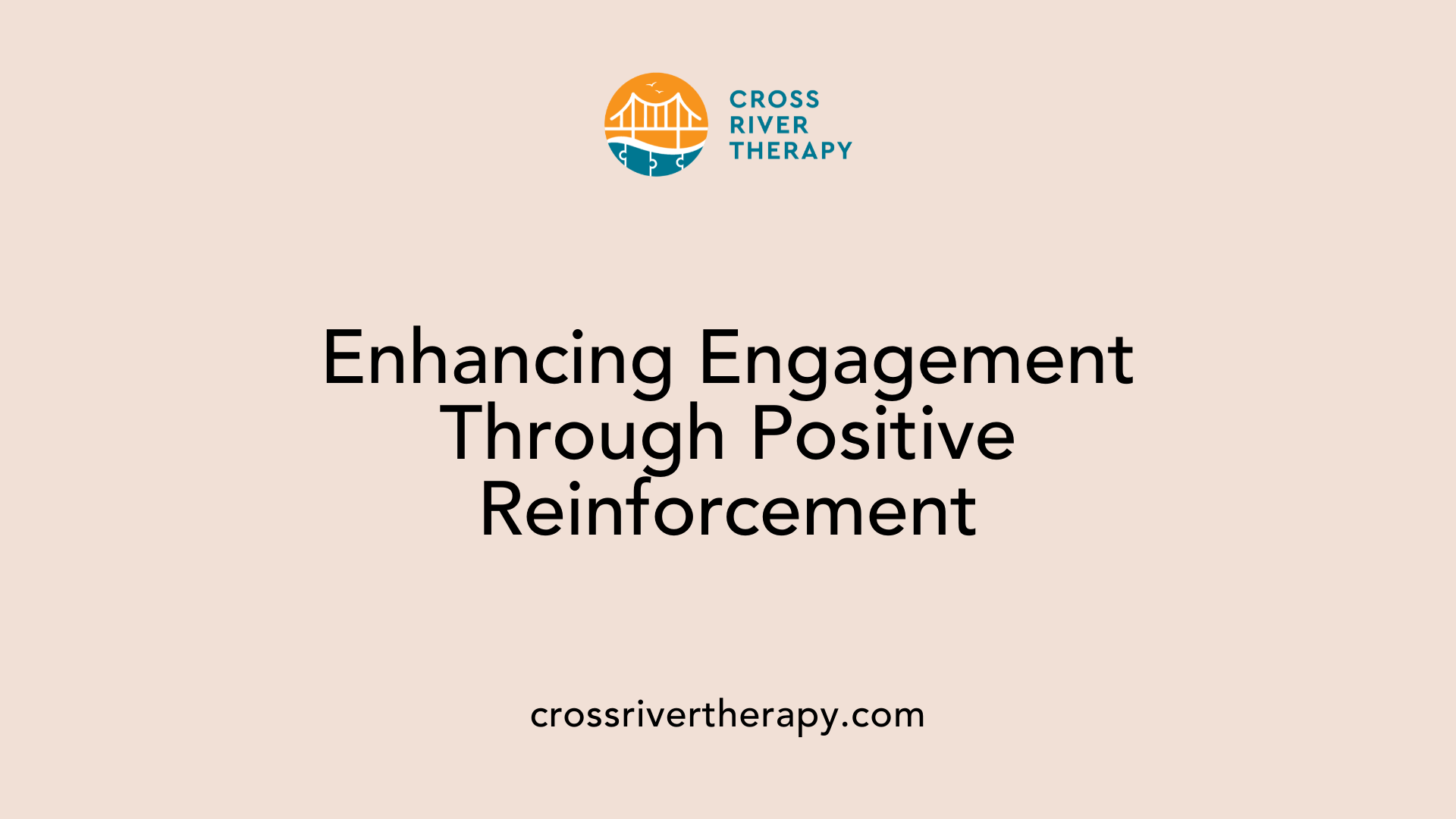
Mechanics of Positive Reinforcement
Positive reinforcement is a foundational technique in Applied Behavior Analysis (ABA) therapy. It involves providing a reward following a desired behavior, which increases the likelihood that the behavior will occur again. In the context of developing social skills, positive reinforcement can include verbal praise, tokens, or other rewards that celebrate a child's successful interaction or communication.
Building Motivation and Engagement
By using positive reinforcement, children with autism spectrum disorder (ASD) feel more motivated to engage in social interactions. When they receive immediate acknowledgment for their efforts—such as initiating a conversation or sharing a toy—they are more likely to repeat these behaviors. This reinforces not only their actions but also their willingness to participate in social scenarios.
Impact on Social Skill Retention
The consistent use of positive reinforcement helps solidify social skills over time. As children experience success and recognition, they learn to generalize these skills across different settings, such as at home, school, or in the community. This practice leads to improved retention of the skills and greater confidence in navigating social situations. In summary, positive reinforcement serves as a powerful tool in ABA therapy, fostering an environment where children can thrive and develop crucial social abilities.
Conflict Resolution and Problem Solving in ABA Groups
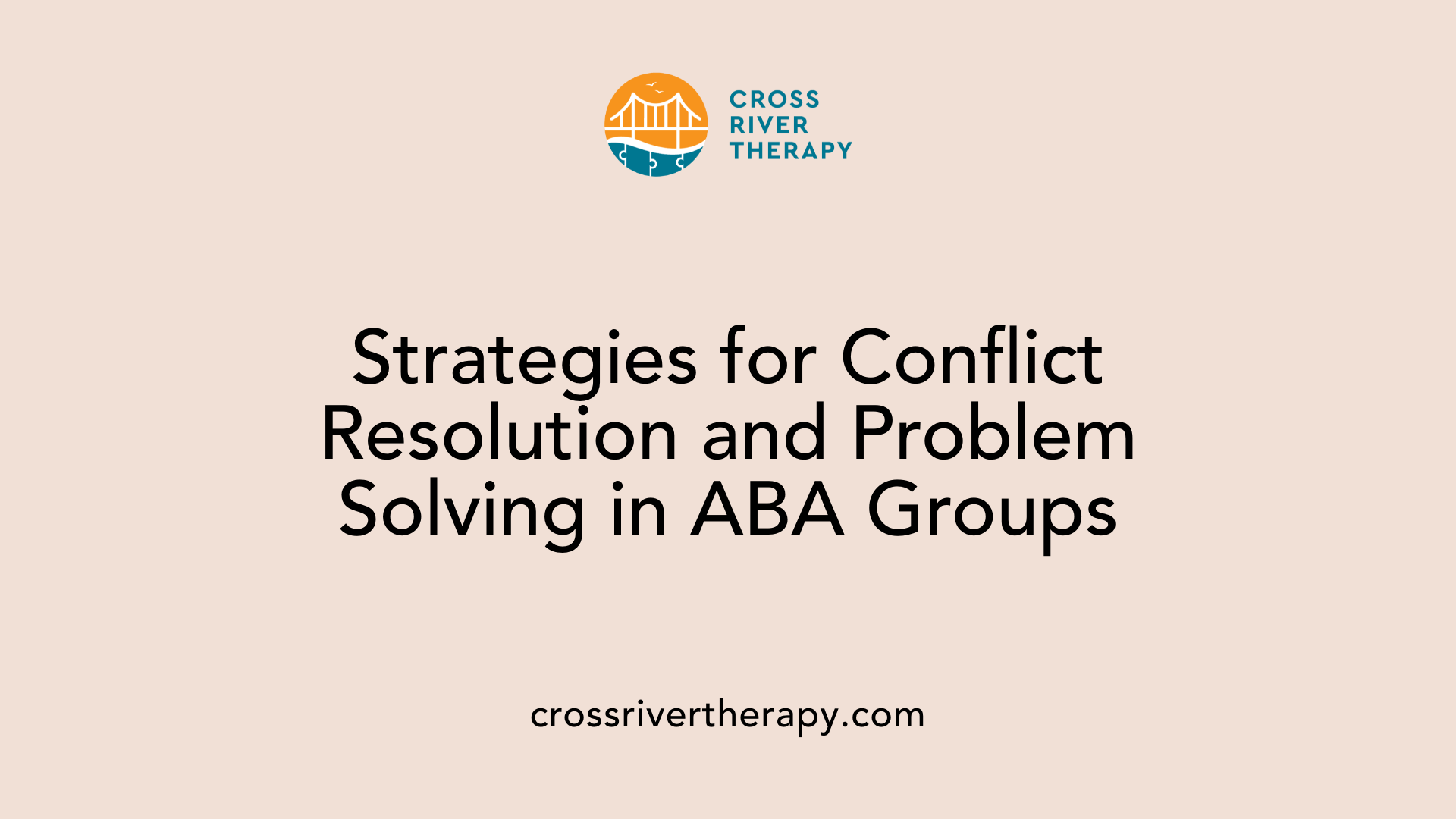
Strategies for Conflict Resolution
In ABA therapy groups, conflict resolution is a fundamental focus. Children learn to identify conflicts and express their feelings, which fosters a better understanding of interpersonal dynamics. Strategies include role-playing scenarios where children can practice necessary skills, such as calmly discussing disagreements and seeking compromise.
Problem-Solving Techniques
Problem-solving is another key area of development. Children are taught a step-by-step approach to problem-solving, which includes defining the problem, brainstorming potential solutions, and evaluating outcomes. This structured method helps them think critically about their interactions and enhance their ability to navigate social challenges independently.
Teaching Non-Verbal Communication and Cues
Non-verbal communication is vital in conflict resolution. In ABA groups, therapists focus on helping children recognize and interpret social cues, such as body language and facial expressions. Techniques like video modeling are used to illustrate these concepts. By understanding these cues, children can respond more appropriately during conflicts, leading to better resolutions and improved interactions.
| Focus Area | Techniques Used | Goals |
|---|---|---|
| Conflict Resolution | Role-playing, discussion | Better expression of feelings, finding compromises |
| Problem-Solving | Step-by-step approach, evaluation | Enhanced critical thinking and decision making |
| Non-Verbal Communication | Video modeling, direct instruction | Improved recognition and interpretation of social cues |
Parental Involvement and Skill Generalization
Parents as Reinforcers of Skills
Parental involvement is a vital component of Applied Behavior Analysis (ABA) therapy. Parents play an essential role in reinforcing the skills their children learn during therapy sessions. By practicing newly acquired social skills at home, parents can help solidify these behaviors, ensuring that children feel confident and supported. Positive reinforcement from parents encourages children to engage in communication and social interactions outside of therapy.
Generalization to Various Settings
ABA therapy emphasizes the importance of generalizing learned skills across different environments. Children are taught to transfer what they learn in therapy to real-life situations, whether at school, in the community, or among peers. This skill generalization is crucial for successful social interactions and builds confidence as they navigate various social contexts.
Consistency of Skill Practice in Different Environments
For children with autism spectrum disorder (ASD), practicing social skills consistently in diverse settings enhances retention and application. Therapists often create individualized treatment plans that include strategies for parents to implement at home. This approach ensures that learning remains consistent, allowing children to apply their skills in varied circumstances, ultimately leading to improved social interactions and emotional regulation.
Case Studies: Evidence of Success
Success stories like Alex's
One compelling illustration of the effectiveness of ABA therapy in developing social skills is the case of a preschooler named Alex. Through targeted interventions, Alex demonstrated remarkable improvements in verbal communication, particularly in initiating conversations and responding appropriately in social contexts.
Illustrations of skill improvement
Throughout the therapy sessions, Alex engaged in structured play activities and role-playing scenarios, which were essential components of ABA. These sessions helped him refine skills such as turn-taking and sharing, significantly enhancing his ability to interact with peers. The use of visual aids and social scripts also provided him with tools to better interpret social cues and contribute meaningfully to group interactions.
Impacts on life beyond therapy
The benefits of ABA therapy extend beyond the therapy room. Alex’s enhanced communication skills and emotional regulation contributed to improved relationships not only at school but also at home. His ability to navigate social situations effectively has led to increased self-confidence and more fulfilling friendships with classmates, showcasing how early intervention can positively impact long-term development.
Overall, cases like Alex’s highlight that ABA therapy is not just about building social skills; it also enriches children's lives, preparing them for meaningful interactions in their communities.
| Case Study | Key Improvements | Broader Impacts |
|---|---|---|
| Alex | Verbal skills, Turn-taking | Better peer relationships, Increased confidence |
Impact of Group ABA Therapy
Building social skills through group ABA therapy sessions offers immense benefits for children with autism and other social challenges. By participating in structured group environments, children not only develop vital social skills but also gain confidence, improve communication, and learn essential strategies for interacting with others. With continued support from therapists and parents, these skills can extend into various settings, enhancing the children's overall quality of life and integration into society. Group ABA therapy stands as a powerful tool for nurturing the social competencies of children who need it the most.
References
- Enhancing Social Skills Through ABA Therapy
- Developing Social Skills Through ABA Therapy for Autism
- A Comprehensive Guide to What Social Skills Groups Are
- Building Social Skills Through Clinic-Based ABA Therapy: A Focus ...
- ABA Therapy for Social Skills - Empower Behavioral Health
- How ABA Therapy Helps Build Daily Living Skills
- FAQs about social skills groups - Understood.org
- Trouble with social skills - Understood.org



